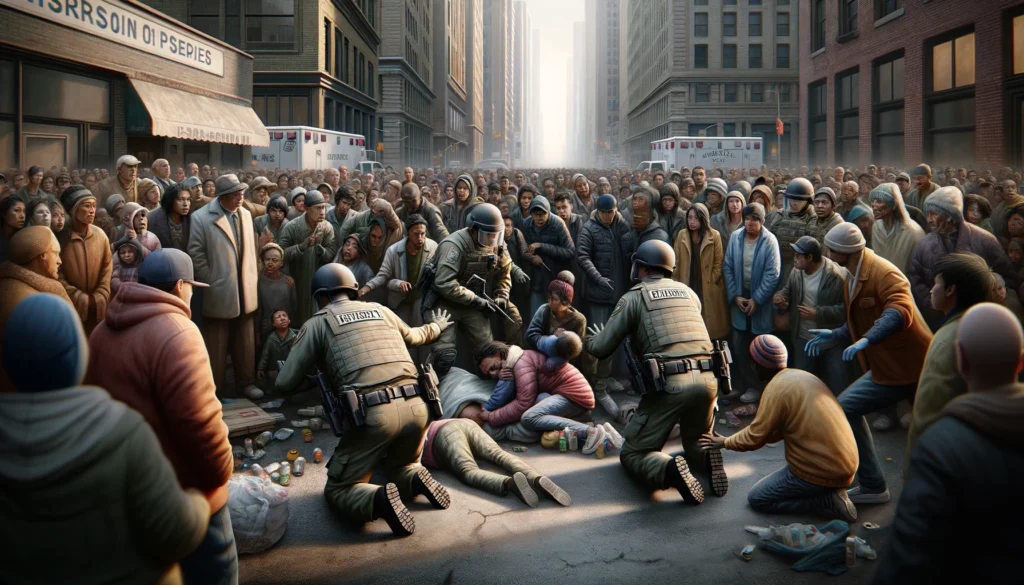The Windy City is abruptly shifting course and gearing up to move illegal immigrants from city shelters, in a typically cold, calculated move unbecoming of so-called ‘sanctuary cities.’ Beginning Sunday, Chicago plans to evict more than 2,000 illegal immigrants by the end of April. According to a startling NBC News report, published just last Friday, the first batch of 35 faces eviction as early as this coming Sunday, followed by an estimated 250 more who will be ousted from city and state-run shelters before March concludes.
In spite of its status as ‘sanctuary city’ for illegal immigrants, Chicago nests over 11,000 such individuals across 23 shelters across its sprawl. In November, a new policy proposing to limit the length of stay in these shelters was instituted, but due to harsh weather conditions, it has been brought into action only recently. The imminent eviction leaves these immigrants with two options – scour for alternate housing facilities or return to Chicago’s “landing zone” to request reassignment to another shelter.
Mayor Brandon Johnson, waving the banner of the Democratic party, provides a glimmer of respite to approximately 4,500 immigrants, stating that they would fall under the umbrella of an extension and hence be permitted to remain in the shelters until June. However, this modest extension does little to assuage the evident resentment and wry humor coming from critics who highlight the irony of Chicago’s sanctuary status.
The announcement of this fresh policy succeeds in hitting the headlines just shortly after the city registered ten measles outbreaks at one such immigrant shelter. Among those affected were two children attending the Chicago Public Schools, thereby setting alarm bells ringing for local authorities to bolster vaccination measures for illegal immigrants as they take refuge in the city’s shelters.
In the end, the stark irony of the so-called ‘sanctuary city’ is clear — beyond the politically-charged mandates, the city’s actions show a different reality. The eviction plan serves as a harsh wake-up call, reminding us that the ‘sanctuary’ extends only as far as its comfortable boundaries. The situation expands far beyond simply Chicago; it incites a broader dialog on the current immigration policies and the treatment of illegal immigrants across the United States. And as the significant measles outbreak mirrors, the intersection of health and immigration cannot be overlooked, further underlining the urgency for a comprehensive, humane framework that respects the rights of individuals while preserving public health.
As we head towards the end of the first quarter of 2024, authorities and citizens alike must heed the lessons being learnt in Chicago right now. Even sanctuary cities have their limitations, and it is crucial to strike a balance between immigration laws, social housing policies, and public health. The identity of a ‘sanctuary city’ should not merely be a label; it should be reflected in the city’s actions and policies. But at present, as Chicago gears up to evict hundreds of immigrants from city shelters, one must question: How far does the sanctuary actually extend? This crisis asks us to analyze everything we know about immigration, sanctuary, and public health, and to find better, more equitable solutions.



